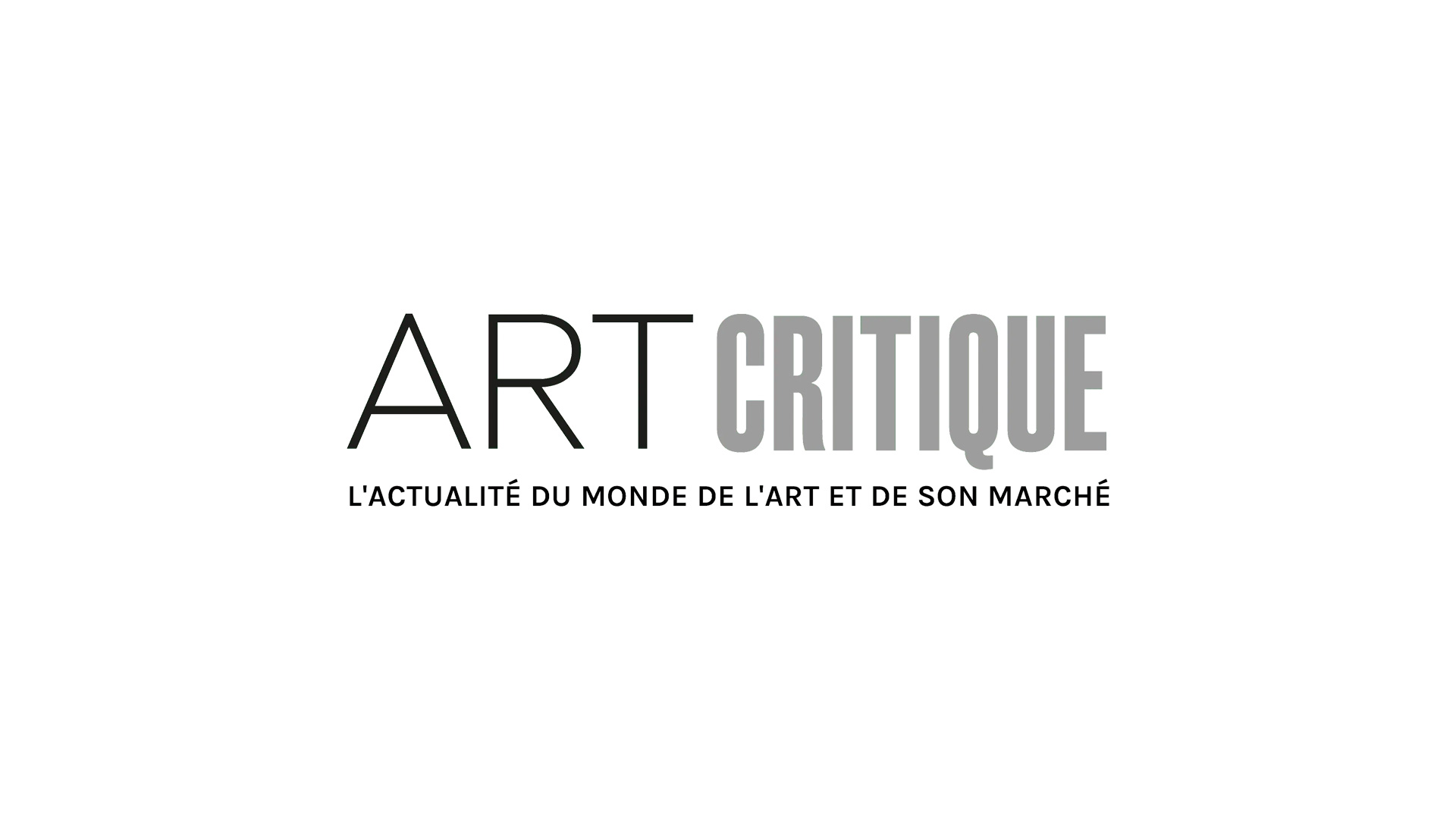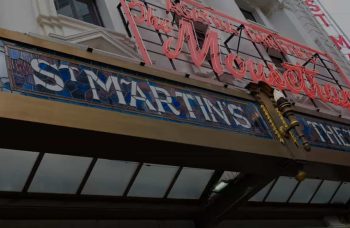One of the twentieth century’s most influential stage designers, Ralph Koltai passed away in December at the age of 94 in the city of Châtellerault, France. In a career that spanned seven decades, Koltai revolutionized British theater, designing more than 250 productions for ballet, opera, and theater that eschewed convention. He created a new vocabulary for stage design, modern and abstract, creating strikingly beautiful metaphors for the stories and texts he worked with.Highly intuitive, Koltai also introduced innovative materials that had never before been used in stage design. Well-known for his innovative sets for the Royal Shakespeare Company and the English National Opera, Koltai was also a sculptor, and with his gift for understanding how to use space, imagined bold, daring and highly poetic images that broke with traditional pictorialist ideas.
Of Hungarian descent, Koltai was born in Berlin and emigrated from Germany in 1939. As a teenager; he fled the mounting threat of Nazism to move to London. After being taken in by Quakers, going to school for a time in Scotland, joining the British army and eventually being stationed in Germany, he became involved in the theater; He graduated in 1951 from the Central School of Speech and Drama, where he was named head of the theatre design course from 1965 to 1972, thus inspiring a generation of new, young designers. He began designing for ballet and opera in the late 1950s and early 1960s, notably collaborating with the choreographer Norman Morrice, artistic director of the Royal Ballet and Ballet Rambert, whose distinctly contemporary approach to ballet married beautifully with Koltai’s conceptual approach and his capacity to express an author’s ideas metaphorically rather than illustrating them.
Some of his most surprising designs include his forest for the Royal Shakespeare Company’s controversial all-male “As You Like It” in 1967, which evoked nature in such synthetic materials as plastic rods against mirrored walls, and his striking, spartan design the following year for the Chichester Festival Theatre’s “Tempest,” suggesting an island with huge, white geometric shapes against an empty black background.
Other notable creations included a gigantic seesaw for Peter Maxwell Davies’ “Taverner” at the Royal Opera House in London in 1972; a space-age “Ring” cycle for the English National Opera in 1974 that recalled the first Apollo landing on the moon; a stark, abstract set 1978 for Henrik Ibsen’s “Brand” at the National Theatre, which won him the first of two Society of West End Theatre awards; and a provocative design for Ken Russell’s “Les Soldats” for the Lyon Opera.
Koltai continued working late in life both in the theater and on metal sculptures that evolved from his stage designs. In 2016, at age 91, he designed sets for three operas for David Pountney and the Welsh National Opera in Cardiff: Mozart’s “The Marriage of Figaro,” Rossini’s “Barber of Seville” and the contemporary “Figaro Gets a Divorce,” while at the same time showing his artworks, made primarily from found objects on farms near his studio in France, at the Royal Welsh College of Music and Drama.





